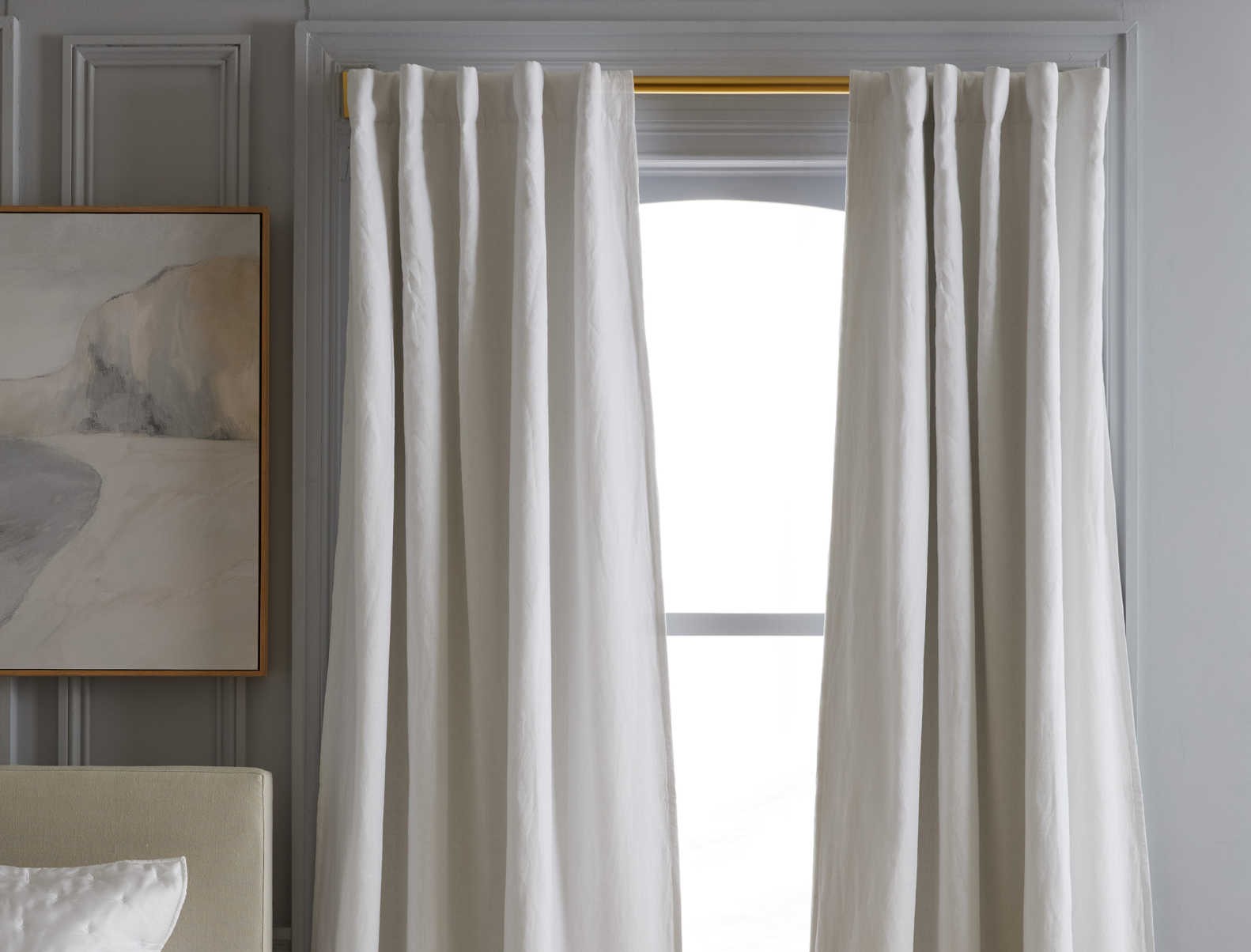

Articles
How To Make Blackout Curtains
Modified: January 5, 2024
Discover articles on how to make your curtains blackout using simple techniques and materials. Transform any room into a cozy and sleep-friendly space.
(Many of the links in this article redirect to a specific reviewed product. Your purchase of these products through affiliate links helps to generate commission for Storables.com, at no extra cost. Learn more)
Introduction
Have you ever struggled with unwanted light streaming into your room while you’re trying to sleep, work, or relax? If so, blackout curtains might be the solution you’ve been searching for. Blackout curtains are specially designed to block out light and create a darkened environment, allowing you to control the amount of natural or artificial light entering a room.
These curtains offer a myriad of benefits beyond light control, such as enhancing privacy, reducing noise, and even improving energy efficiency. With their sleek and stylish designs, blackout curtains have become a popular choice for homeowners who value both function and aesthetics.
In this article, we will guide you through the process of making your curtains blackout and help you transform your space into a tranquil and peaceful sanctuary. From understanding the technology behind blackout curtains to choosing the right fabric and ensuring proper installation, we’ve got you covered.
Key Takeaways:
- Blackout curtains offer more than just light control; they enhance privacy, reduce noise, and improve energy efficiency. Choose the right fabric, measure and install properly, and maintain them for a tranquil and stylish home environment.
- To make your curtains blackout, select dense fabrics like polyester, velvet, or suede, and consider darker colors for better light blockage. Enhance efficiency with curtain liners, tracks, and regular maintenance to create a serene and darkened space.
Read more: How To Make Blackout Curtains Look Nice
Understanding Blackout Curtains
Blackout curtains are made of highly dense and tightly woven fabrics that effectively block out light. Unlike regular curtains or blinds, blackout curtains have an additional layer or lining that prevents light from passing through the fabric. This lining is often made of a dense synthetic material, such as polyester or acrylic, that effectively blocks out both natural and artificial light sources.
The primary purpose of blackout curtains is to create complete darkness in a room, which can be particularly beneficial in bedrooms, home theaters, or any other space where light control is essential. By blocking out light, blackout curtains help to improve the quality of sleep, promote relaxation, and create a more conducive atmosphere for activities that require low-light conditions.
In addition to their light-blocking qualities, blackout curtains also offer various other advantages. They can help regulate the room temperature by preventing heat gain in summer and heat loss in winter, improving energy efficiency and reducing utility bills. Furthermore, the extra layer of lining in blackout curtains provides enhanced privacy by preventing people from seeing inside your home from the outside.
While blackout curtains are commonly associated with bedrooms, they can be utilized in any room of the house. Whether you want to create a cozy home theater, minimize glare in a home office, or create a peaceful nursery for your little one, blackout curtains can serve as a versatile and practical solution.
Now that we’ve explored the benefits and applications of blackout curtains, let’s move on to the next step: choosing the right fabric.
Choosing the Right Fabric
When it comes to choosing the fabric for your blackout curtains, there are a few factors to consider. The fabric you select will not only impact the aesthetics of your curtains but also their light-blocking capabilities and durability.
First and foremost, look for fabrics that are specifically designed for blackout curtains. These fabrics are usually made of multiple layers, including a blackout lining. They are tightly woven with a high thread count, ensuring maximum light-blocking efficiency. Some common fabrics used for blackout curtains include polyester, velvet, and suede.
Polyester is a popular choice for blackout curtains due to its durability, affordability, and wide range of color and pattern options. It is also relatively easy to maintain and clean, making it a practical choice for both homes and commercial spaces.
Velvet is another excellent option for blackout curtains, as its thick and heavy texture provides excellent light-blocking capabilities. Additionally, velvet has a luxurious and elegant appearance, adding a touch of sophistication to any room. However, it is important to note that velvet curtains can be quite heavy, so make sure your curtain rod and support system can handle the weight.
Suede is known for its soft and smooth texture, providing a cozy and inviting feel to any space. It also has good light-blocking properties, making it a suitable choice for blackout curtains. However, keep in mind that suede can be more challenging to clean compared to other fabric options.
In addition to considering the fabric material, take into account the color of your curtains. Darker colors, such as black, navy blue, or charcoal gray, are more effective at blocking out light compared to lighter shades. However, if you prefer a lighter color for aesthetic reasons, opt for curtains with multiple layers or a thicker lining to ensure optimum light-blocking performance.
Lastly, before finalizing your fabric choice, make sure to check the level of opacity. Some blackout curtains may have a specific percentage of light blockage stated on the product label. Look for curtains that offer approximately 99% light blockage for maximum efficiency.
Now that you have chosen the ideal fabric for your blackout curtains, let’s move on to the next step: measuring and installing.
Measuring and Installing
Proper measurement and installation are crucial to ensure that your blackout curtains fit your windows perfectly and provide maximum light-blocking effectiveness. Here are the steps to follow:
- Measure your windows: Start by measuring the width and height of your windows. For the width, measure from one side of the window frame to the other. For the height, measure from the top of the window frame to the desired length.
- Add extra fabric: To ensure complete coverage and light blockage, add an additional 2-4 inches to the width and 4-6 inches to the height measurements. This extra fabric will overlap the window frame and prevent light from seeping in through the edges.
- Choose the hanging style: Decide whether you want to mount the curtains inside or outside the window frame. Inside mounting provides a neater appearance, while outside mounting allows for better light blockage.
- Install curtain rods: If you don’t already have curtain rods installed, mount them according to the chosen hanging style. Make sure the rods are securely fastened to the wall, as blackout curtains can be heavier than regular curtains.
- Hang the curtains: Slide the blackout curtains onto the curtain rods and adjust them to the desired length and width. Ensure that the curtains are evenly distributed and hanging straight.
- Sew or hem, if necessary: If your blackout curtains are too long or wide, you may need to sew or hem them to achieve the perfect fit. Alternatively, you can take them to a professional tailor who specializes in curtain alterations.
- Test for light leakage: Once the curtains are installed, test for any remaining light leakage. Turn off all lights in the room and observe whether any light is coming through the edges, seams, or gaps. If necessary, make adjustments or add additional layers to improve light blockage.
By following these steps, you can ensure that your blackout curtains fit properly and provide the desired light-blocking effect. Now, let’s explore some additional tips to enhance the light-blocking efficiency of your curtains.
To make your curtains blackout, use blackout lining fabric or purchase blackout curtains. Ensure the curtains are properly installed to minimize light leakage.
Enhancing Light Blocking Efficiency
While blackout curtains are designed to block out the majority of light, there are a few additional steps you can take to enhance their light-blocking efficiency:
- Use curtain liners: In addition to the blackout curtains themselves, you can add a curtain liner for extra light blockage. Curtain liners are typically made of a thick, light-blocking material and are attached to the back of the curtains. They help create an additional barrier against light leakage.
- Install curtain tracks or rods that wrap around the edges: By using curtain tracks or rods that wrap around the edges of the window frame, you can ensure that there are no gaps for light to seep through. This method creates a more seamless and secure light-blocking barrier.
- Seal gaps and cracks: Inspect your windows for any gaps, cracks, or other openings that may be allowing light to enter the room. Use weatherstripping or caulk to seal these gaps and create a tighter seal.
- Layer curtains: For maximum light-blocking efficiency, consider layering your blackout curtains with other window treatments, such as blinds or shades. This combination allows for even greater control over light levels and privacy.
- Use curtain tiebacks or holdbacks: During the day, when you want to allow light into the room, use curtain tiebacks or holdbacks to hold your blackout curtains to the sides. This not only reduces light blockage but also adds a decorative element to your curtains.
By implementing these techniques, you can further optimize the light-blocking capabilities of your blackout curtains and create a truly darkened and tranquil space.
Now that we’ve explored ways to enhance the efficiency of your blackout curtains, let’s move on to an equally important aspect: maintenance and cleaning tips.
Read more: How To Wash Blackout Curtains
Maintenance and Cleaning Tips
Proper maintenance and regular cleaning are essential to keep your blackout curtains looking their best and functioning effectively. Here are some tips to help you maintain and clean your curtains:
- Dust regularly: Use a vacuum cleaner with a brush attachment or a feather duster to remove any dust or dirt that may accumulate on the surface of the curtains. Regular dusting helps prevent dirt buildup and keeps the fabric looking fresh.
- Spot clean as needed: If you notice any stains or spills on your blackout curtains, tackle them immediately. Blot the affected area with a mild detergent solution or a fabric cleaner specifically designed for your curtain’s material. Avoid rubbing the stain, as this can spread it further.
- Follow the care instructions: Always refer to the care instructions provided by the manufacturer for your blackout curtains. Different fabrics may have specific cleaning requirements, such as dry cleaning or machine washing on a gentle cycle. Following these instructions will help preserve the quality and lifespan of your curtains.
- Avoid excessive heat or direct sunlight: Excessive heat and direct sunlight can cause the fabric of your blackout curtains to fade or deteriorate over time. If possible, keep them away from radiators, heating vents, or windows that receive direct sunlight.
- Remove the curtains for thorough cleaning: Depending on the fabric and level of dirtiness, you may need to remove the curtains from the curtain rods and give them a more thorough cleaning. Refer to the care instructions to determine the appropriate cleaning method, whether that’s machine washing, hand washing, or professional cleaning.
- Iron or steam to remove wrinkles: To maintain the neat and crisp look of your blackout curtains, you may need to iron or steam them occasionally. Follow the fabric-specific instructions for ironing or steaming to avoid damaging the material.
By following these maintenance and cleaning tips, you can ensure that your blackout curtains stay in excellent condition and continue to provide optimal light control for years to come.
Now that you have gained a wealth of knowledge about blackout curtains, from understanding their purpose to choosing the right fabric, measuring and installing, enhancing light-blocking efficiency, and maintaining and cleaning, you are well-equipped to transform your space into a peaceful oasis of darkness.
Remember, blackout curtains not only offer functional benefits but also add style and elegance to your home. So, go ahead and embark on this journey to create the perfect ambiance and enjoy the blissful darkness that blackout curtains provide.
Conclusion
Blackout curtains are more than just window coverings; they are the key to creating a serene and darkened space in your home. With their ability to block out unwanted light, enhance privacy, reduce noise, and improve energy efficiency, blackout curtains have become a popular choice for homeowners looking to control their environment.
When it comes to choosing blackout curtains, consider the fabric carefully. Opt for highly dense and tightly woven materials, such as polyester, velvet, or suede, to maximize light-blocking efficiency. Darker colors tend to be more effective at blocking out light, but additional layers or a thicker lining can compensate for lighter shades.
Proper measurement and installation are crucial for achieving the desired light-blocking effect. Take precise measurements of your windows and allow for extra fabric to ensure complete coverage. Mounting the curtains inside or outside the window frame depends on your preference and light-blocking requirements.
To enhance the efficiency of your blackout curtains, utilize curtain liners, choose curtain tracks or rods that wrap around the edges, seal gaps and cracks, and consider layering curtains with other window treatments.
Regular maintenance and cleaning are essential to keep your blackout curtains looking their best. Dusting regularly, spot cleaning as needed, following the care instructions provided by the manufacturer, and avoiding excessive heat and direct sunlight will help extend the life of your curtains.
By following these guidelines, you can transform your space into a peaceful sanctuary, shielded from unwanted light and distractions. Whether you’re creating a cozy bedroom, a home theater, or a productive home office, blackout curtains offer both functionality and style.
So, go ahead and make your curtains blackout, and enjoy the benefits of a darkened space that promotes relaxation, enhances privacy, and allows you to have full control over the lighting in your home.
Embrace the beauty of blackout curtains and experience the joy of stepping into a room where the outside world is kept at bay, and your peace of mind is elevated. Start today and transform your living spaces into havens of tranquility.
Frequently Asked Questions about How To Make Blackout Curtains
Was this page helpful?
At Storables.com, we guarantee accurate and reliable information. Our content, validated by Expert Board Contributors, is crafted following stringent Editorial Policies. We're committed to providing you with well-researched, expert-backed insights for all your informational needs.
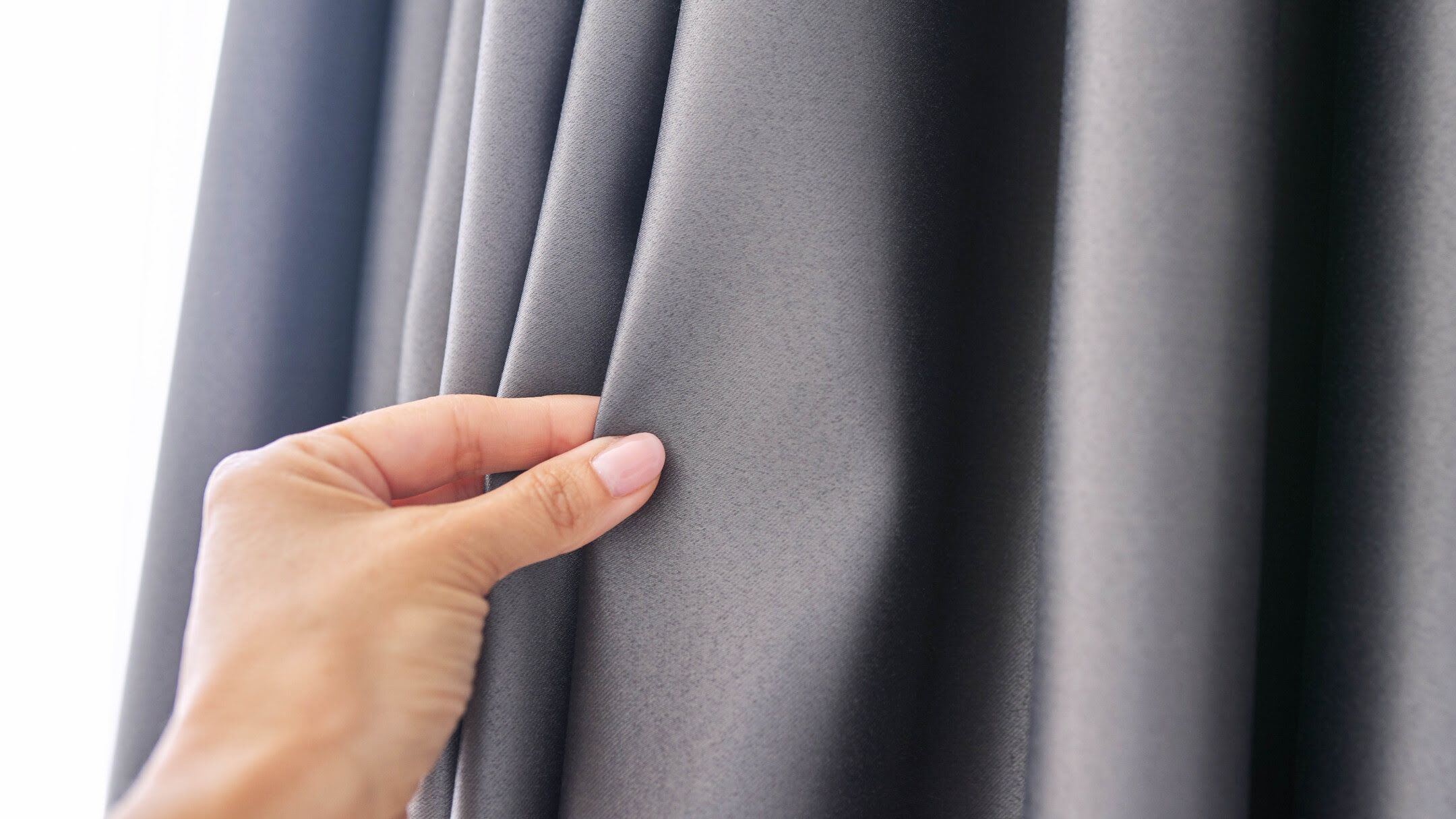
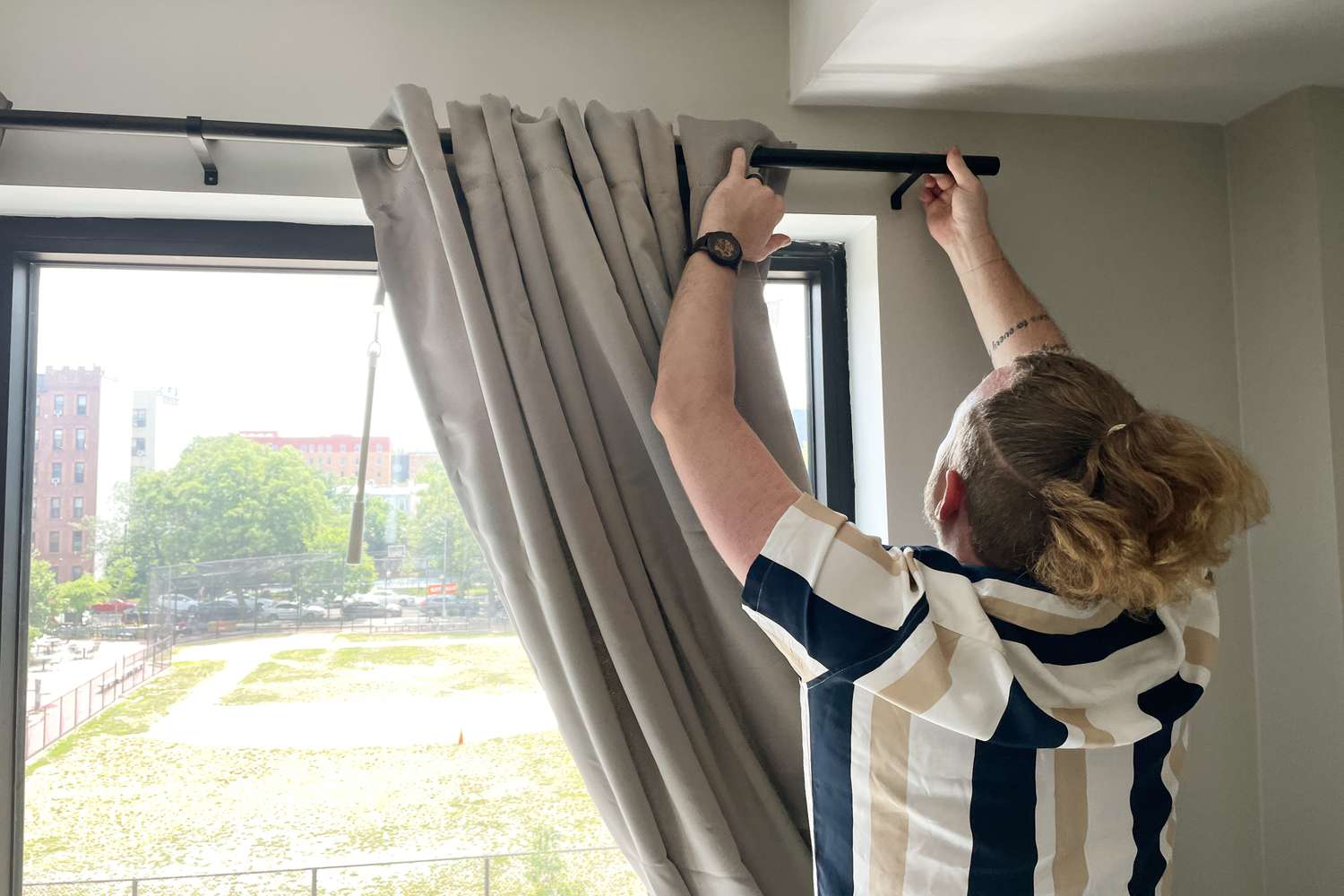
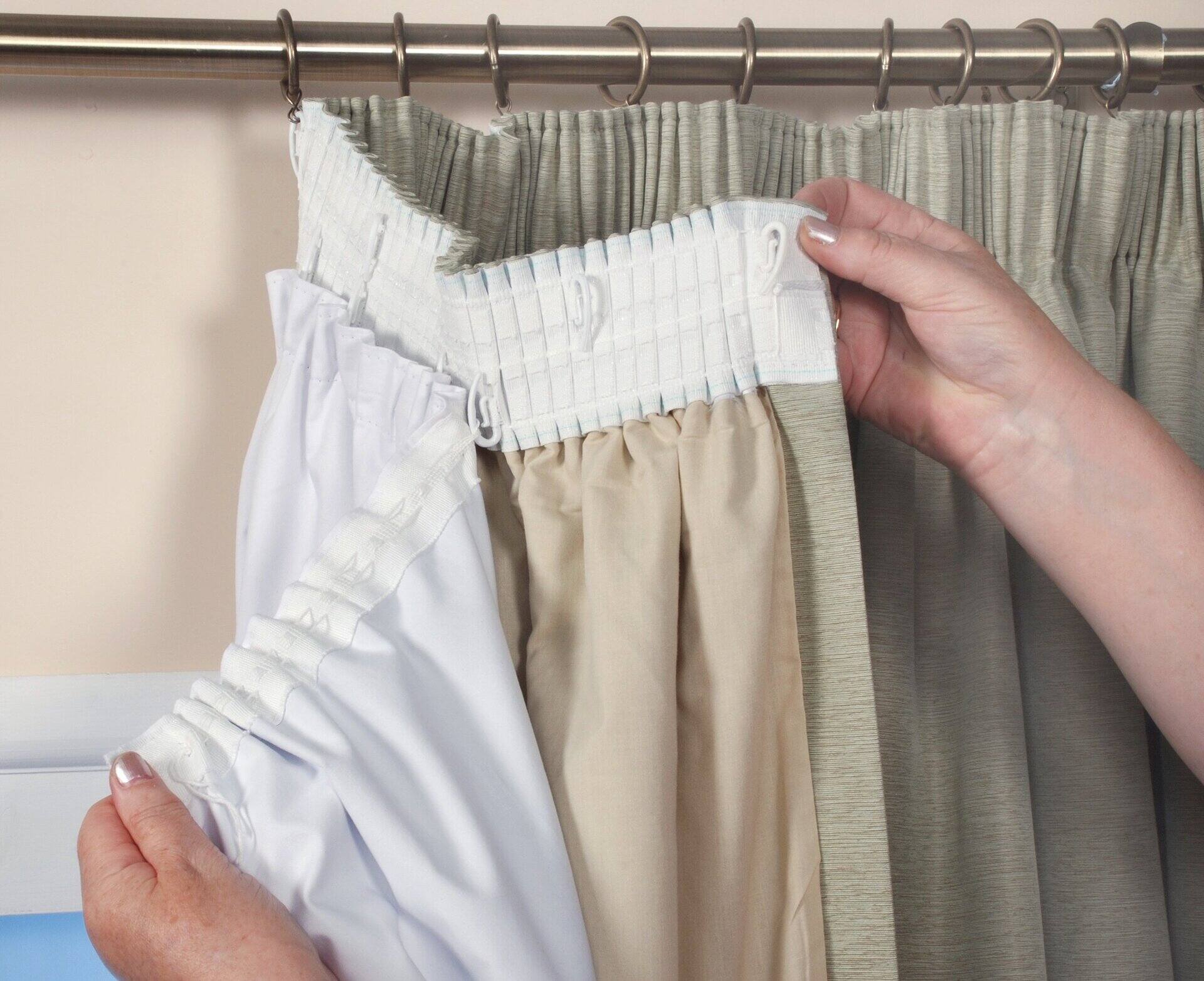
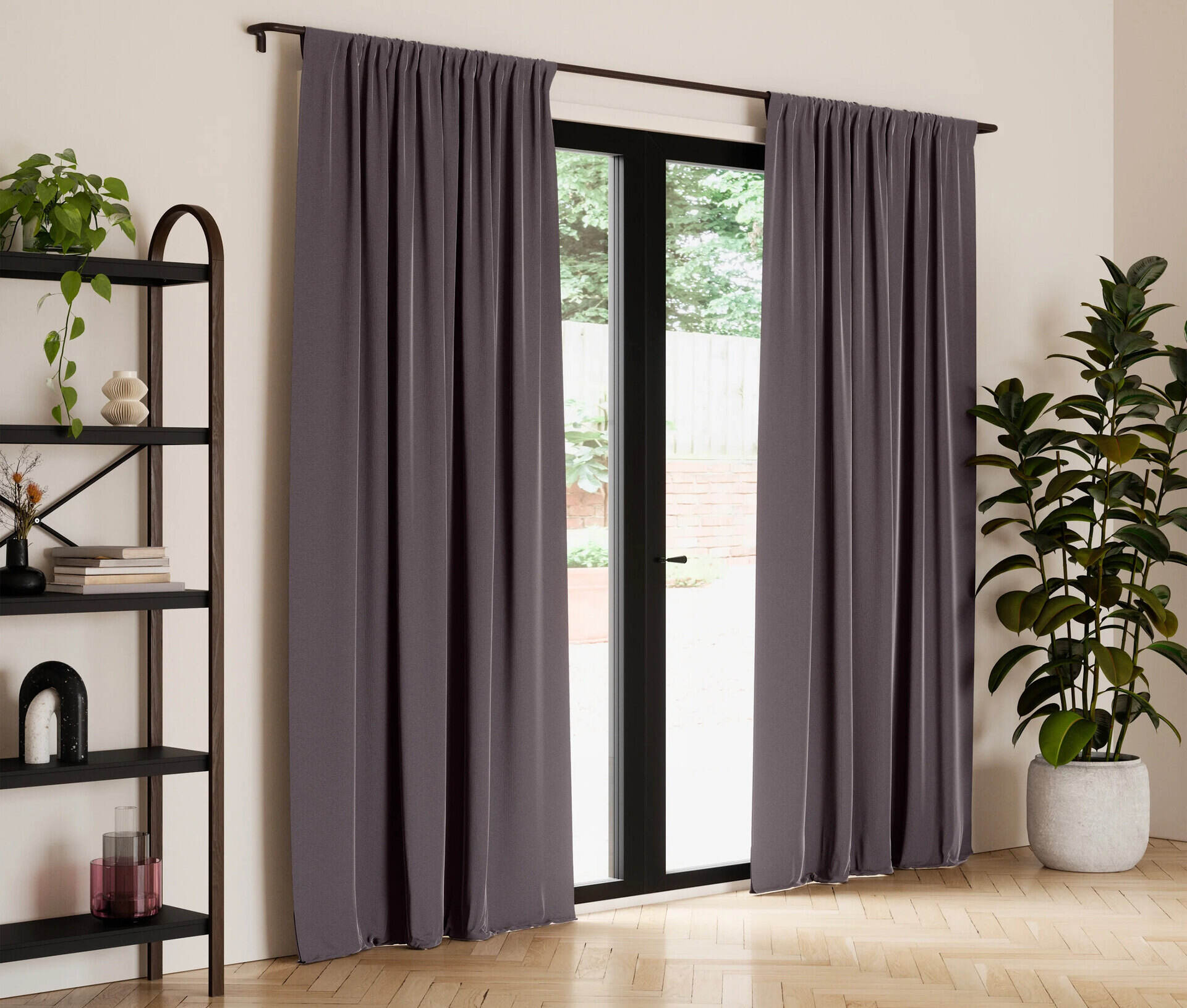
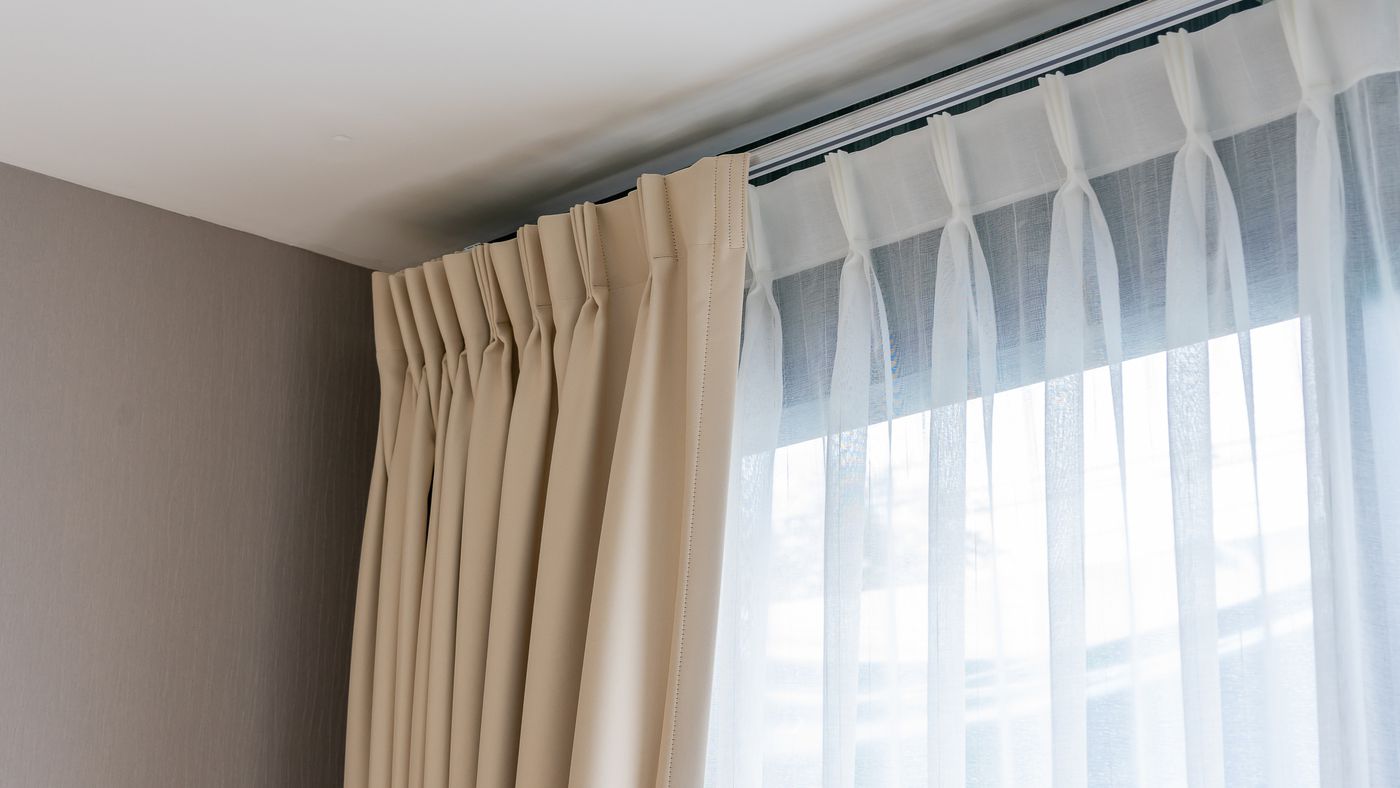
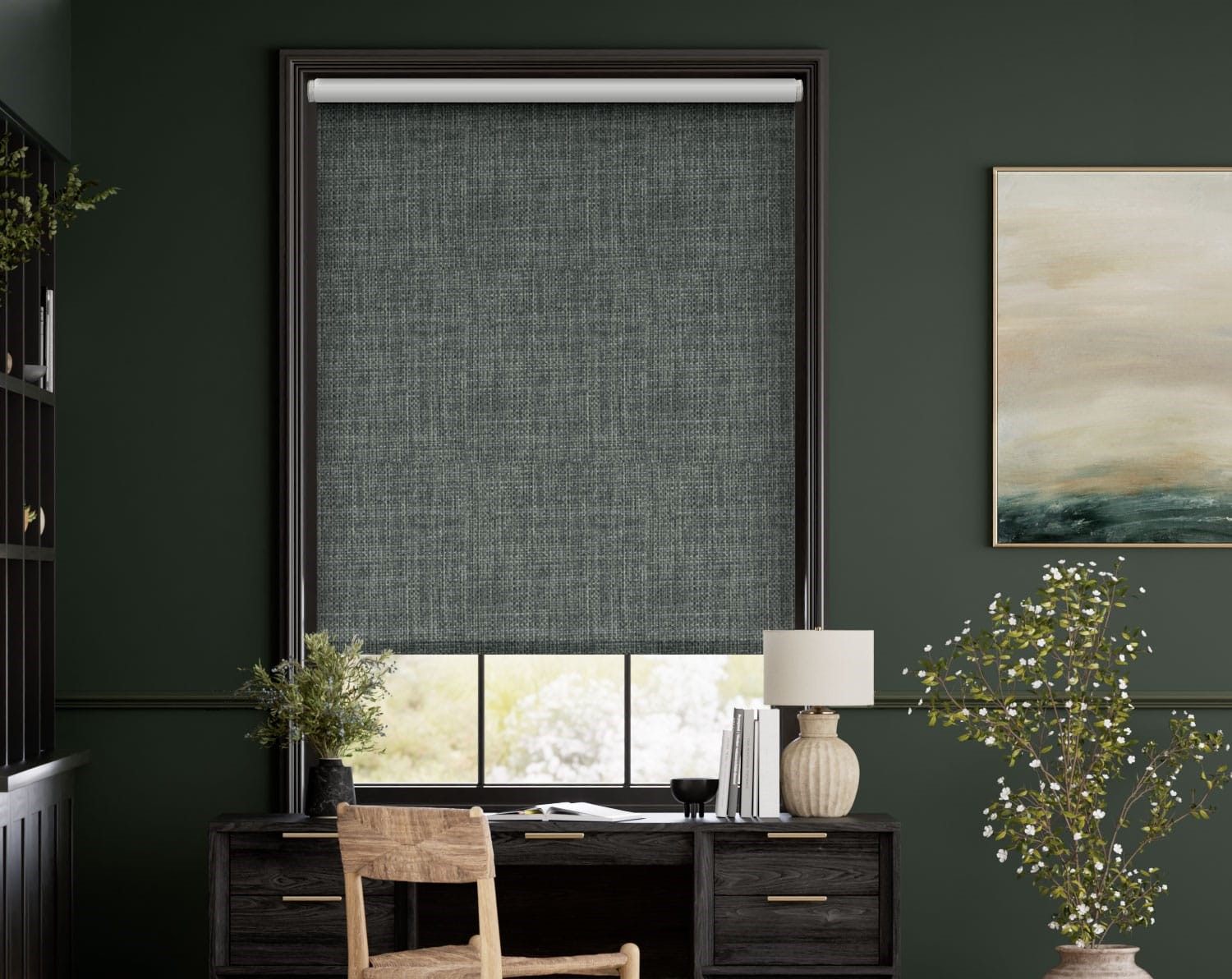
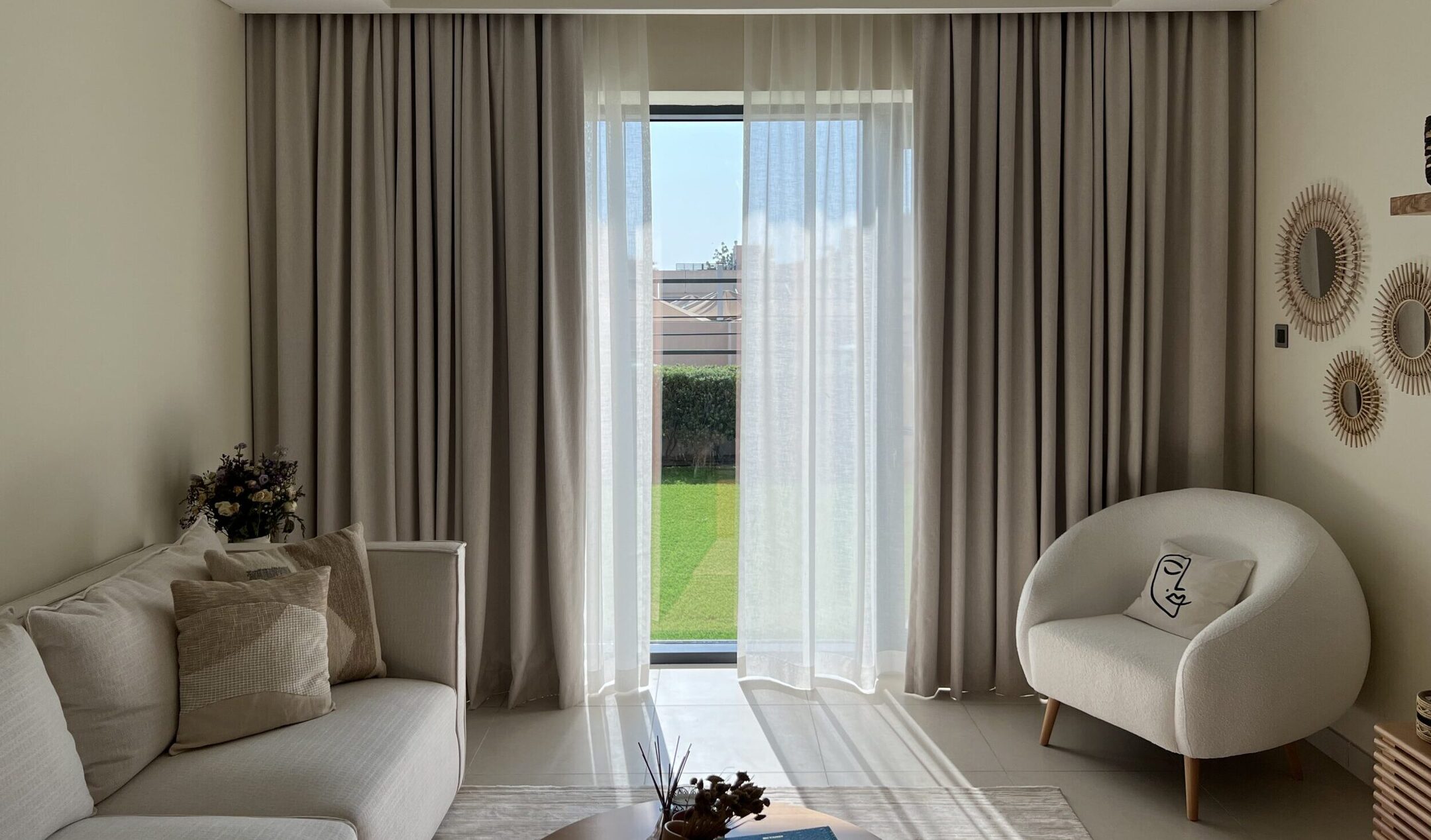
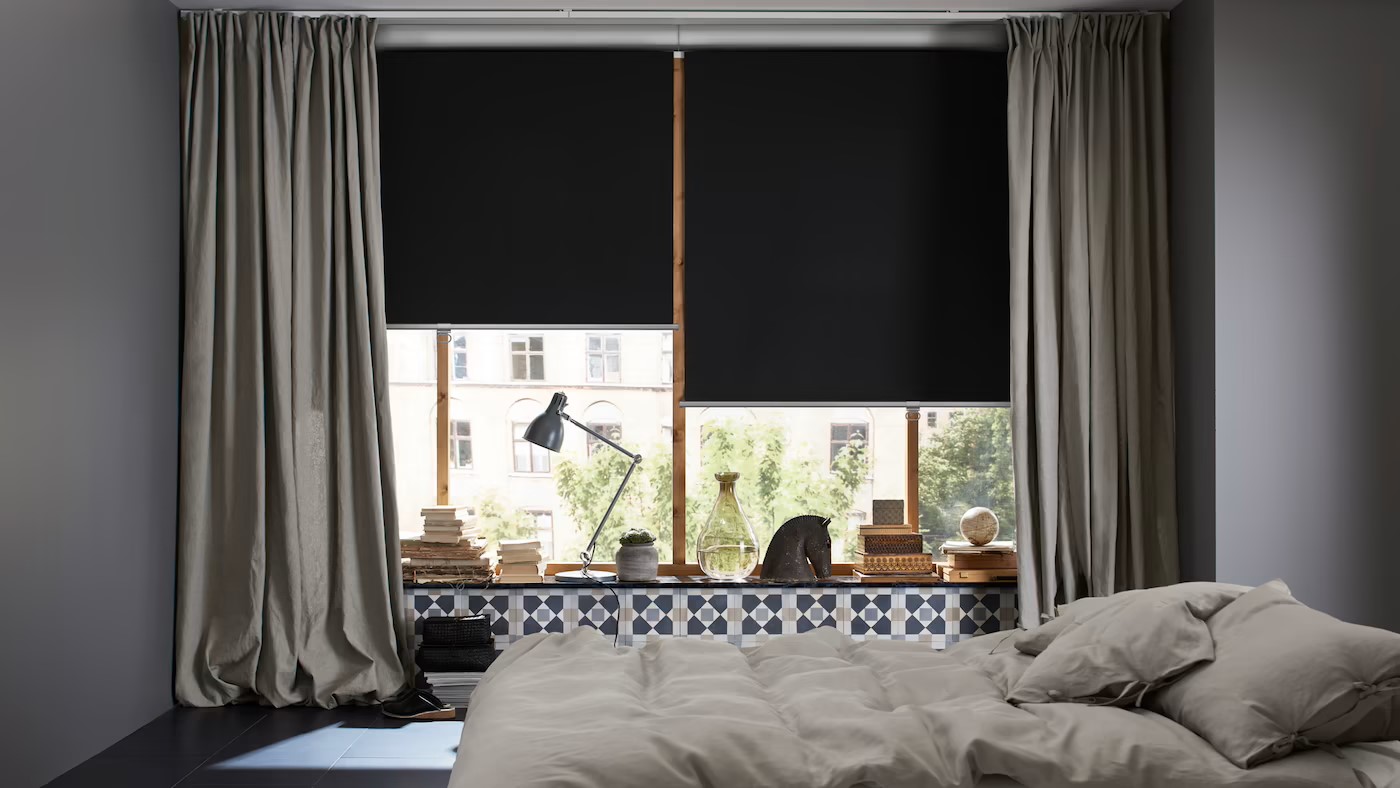
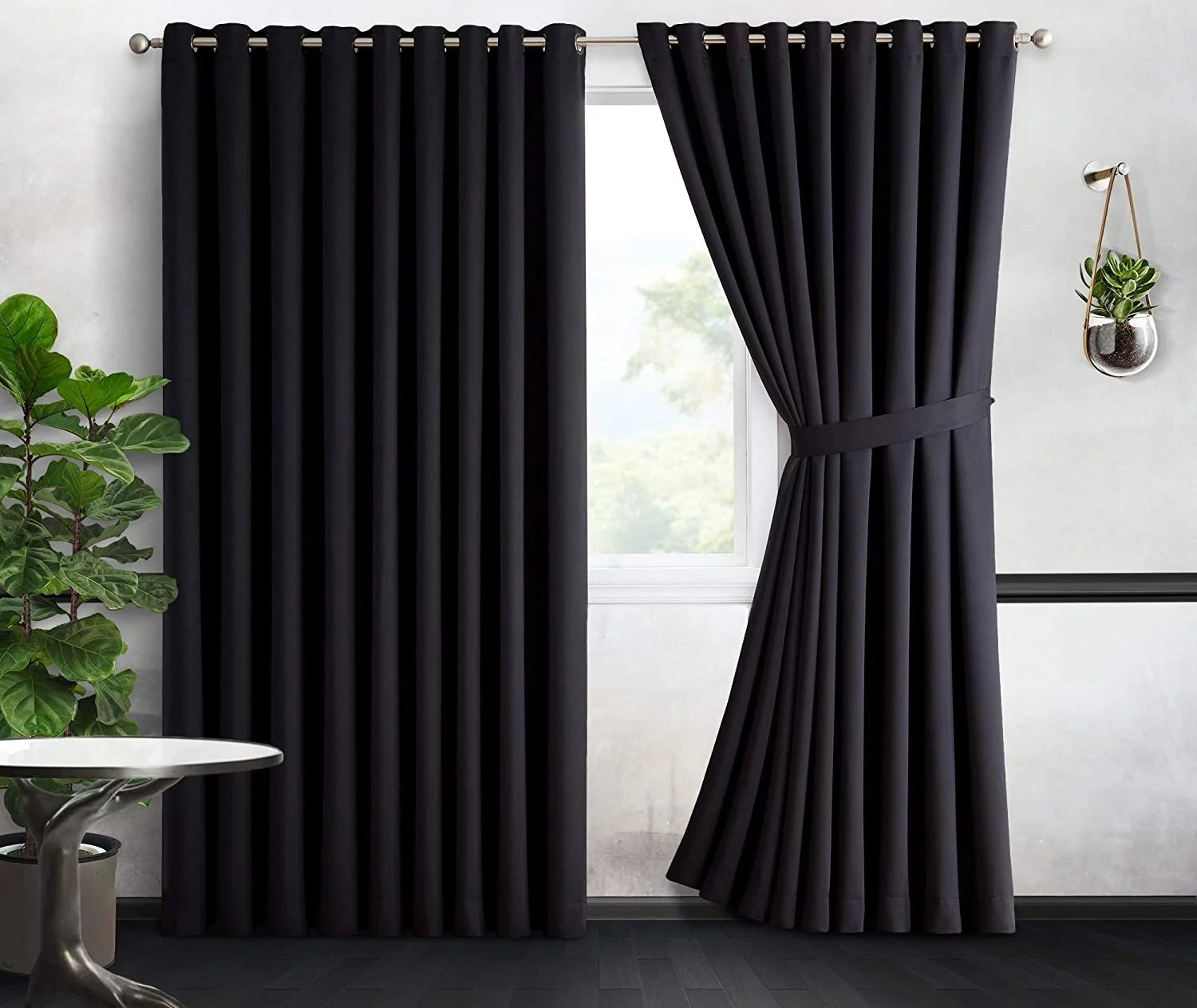
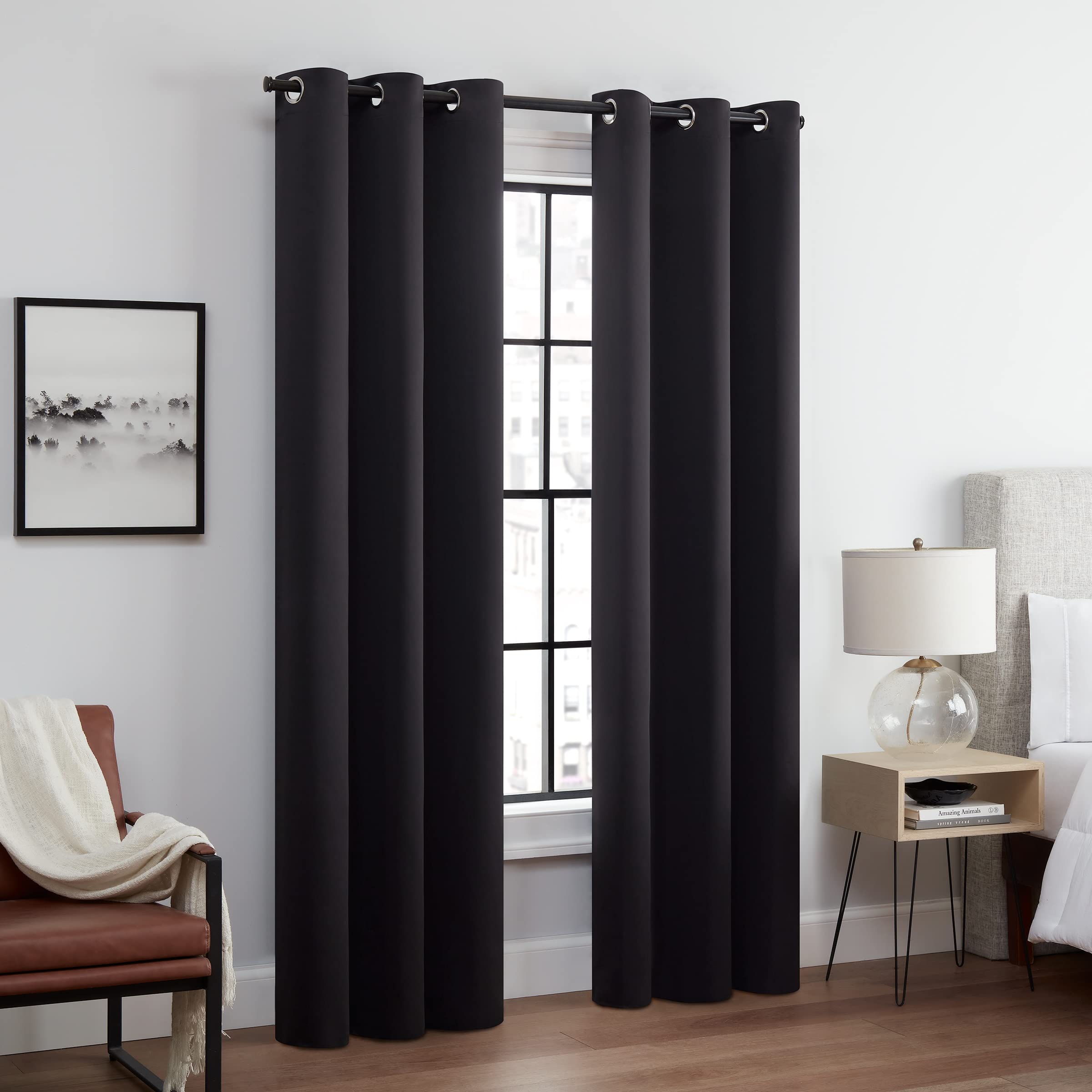
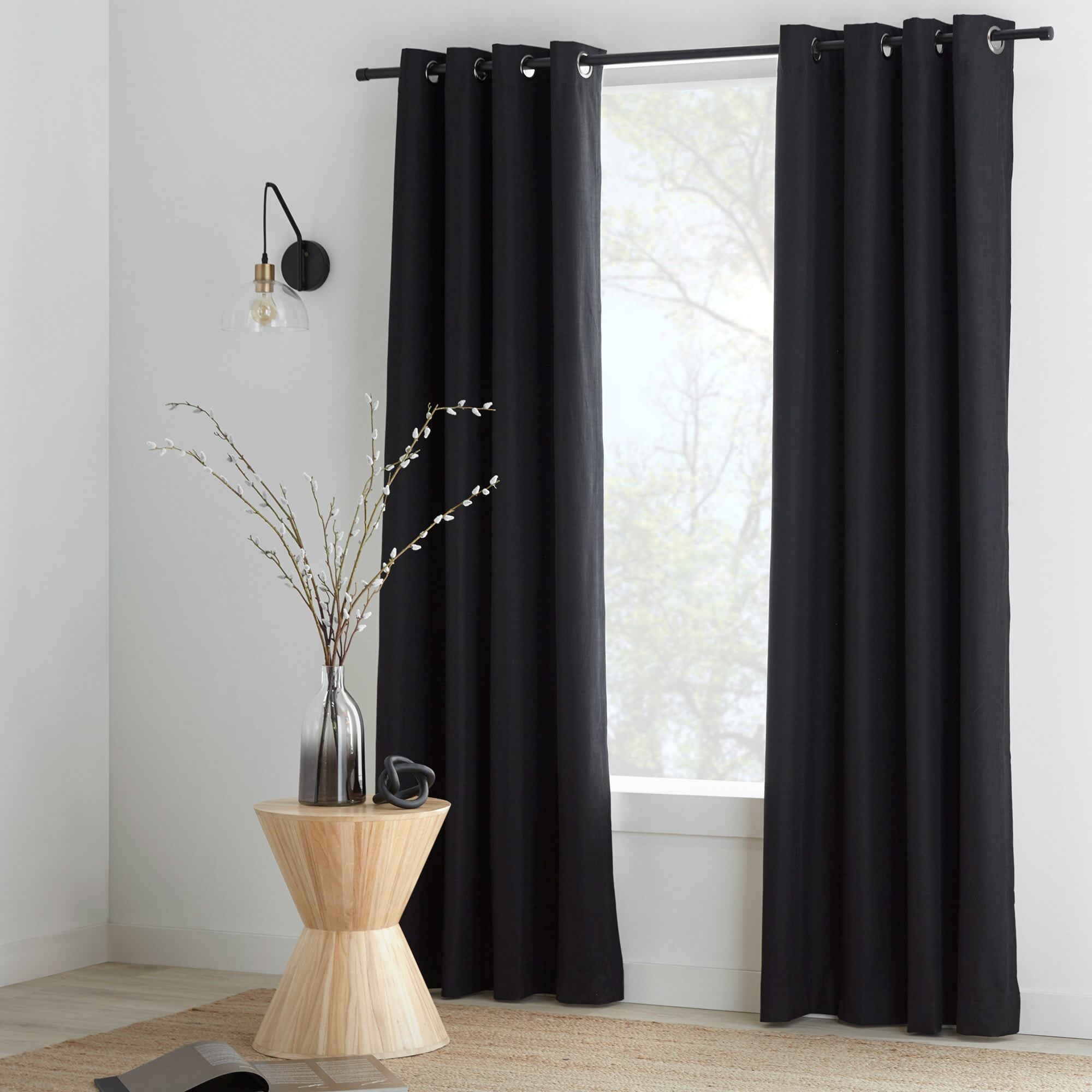
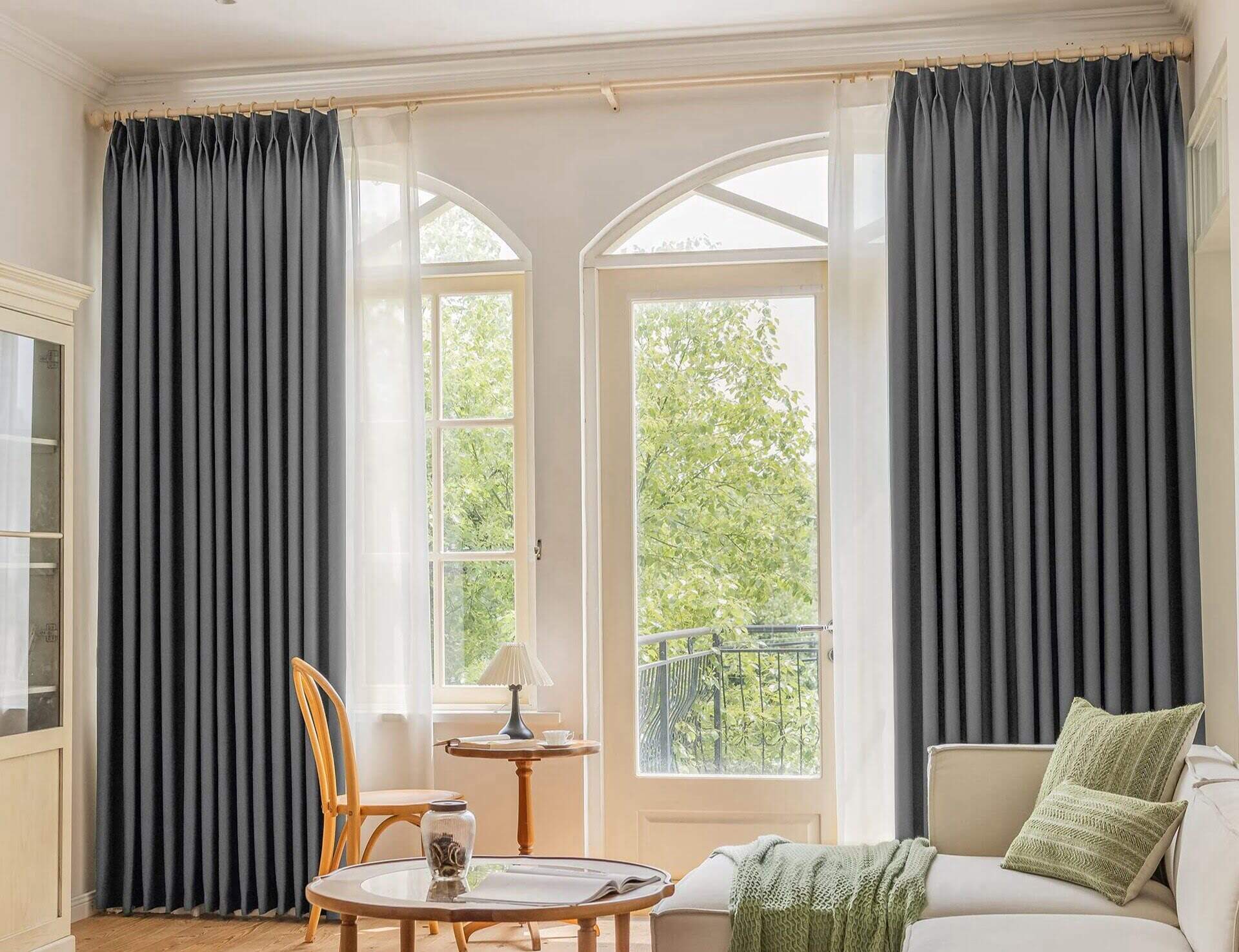
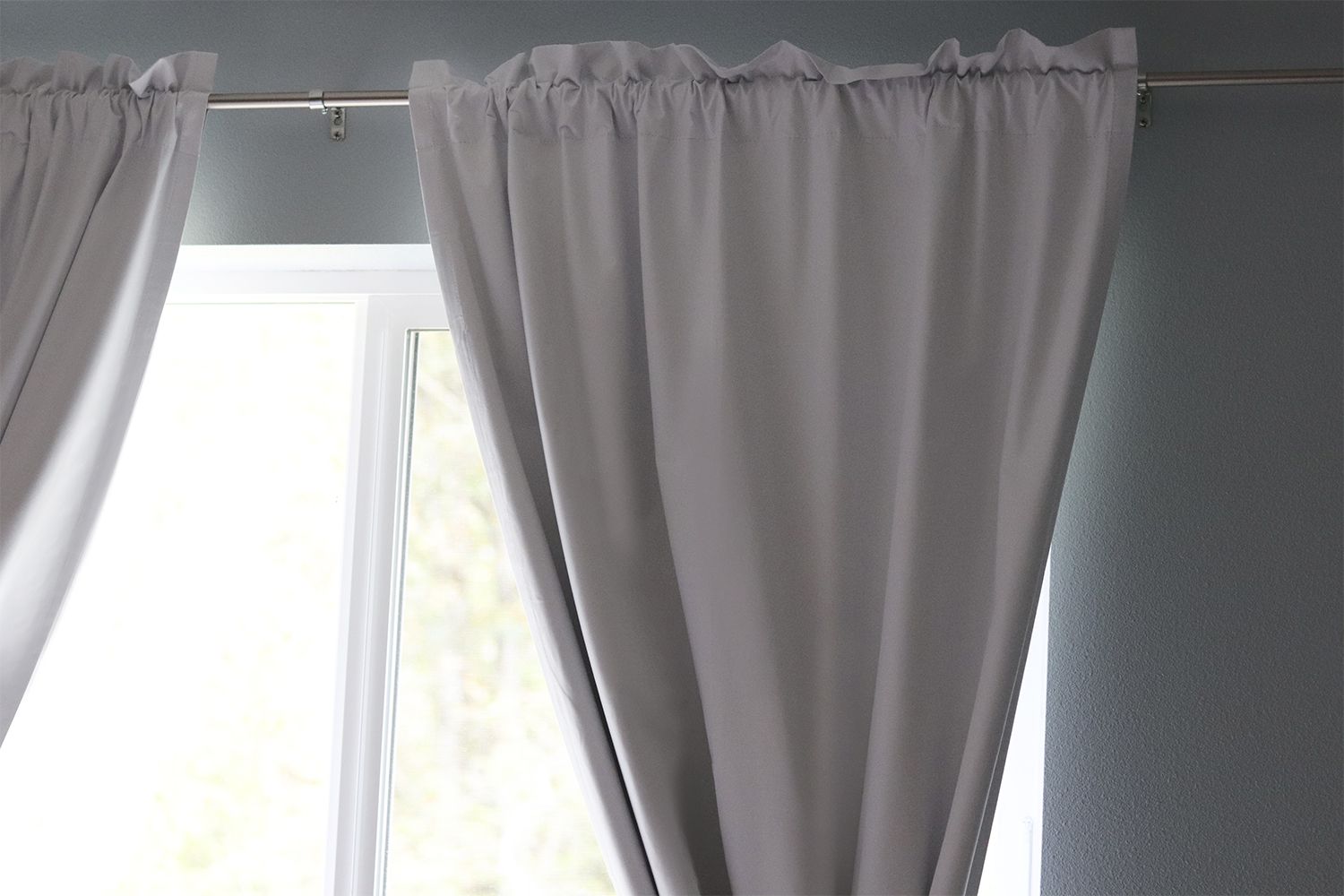
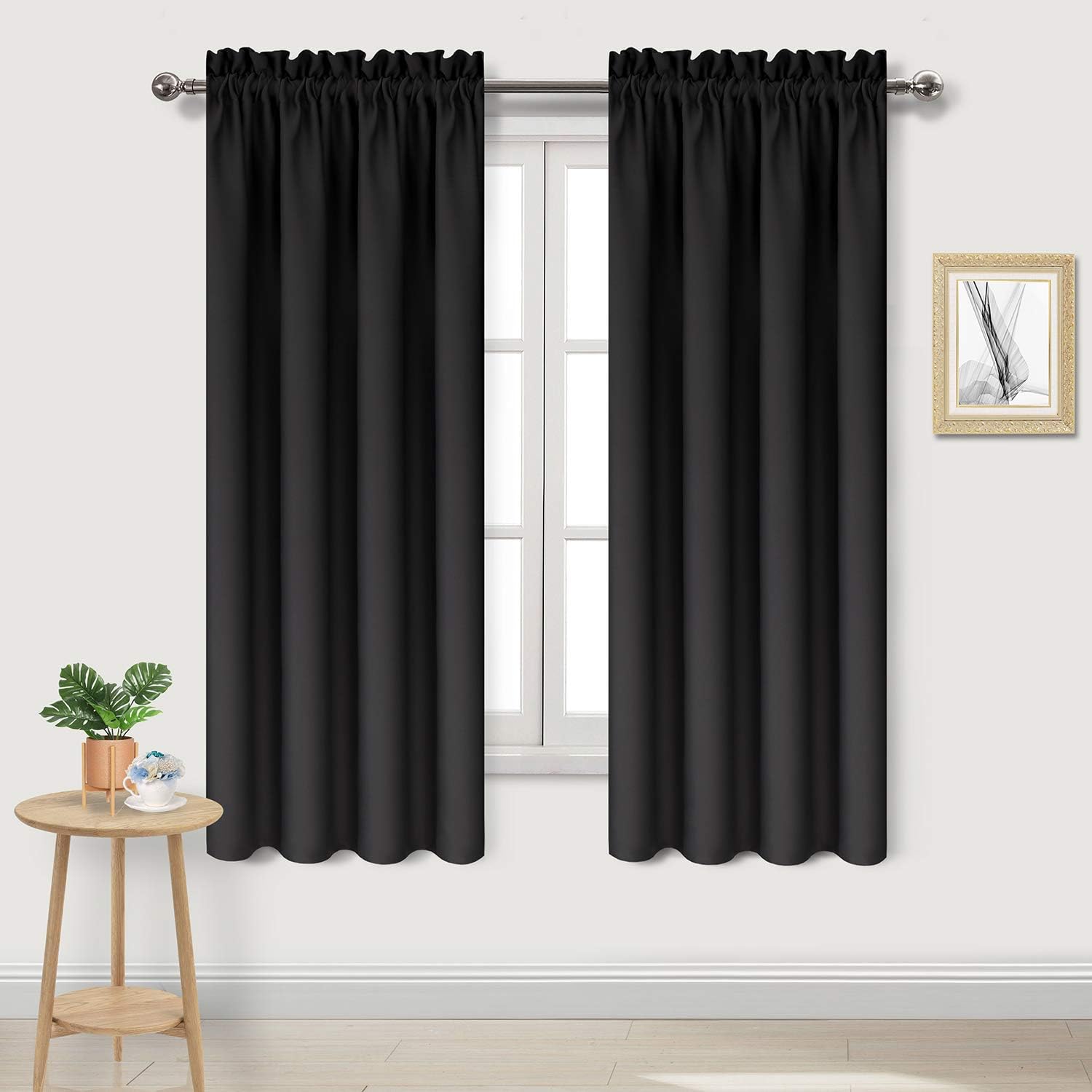

0 thoughts on “How To Make Blackout Curtains”